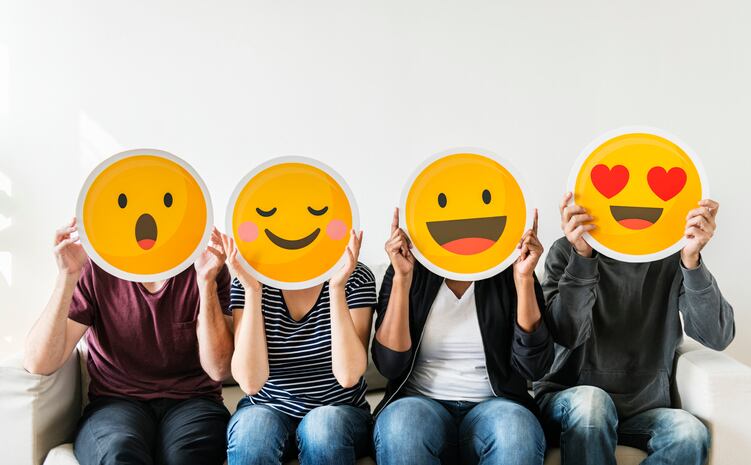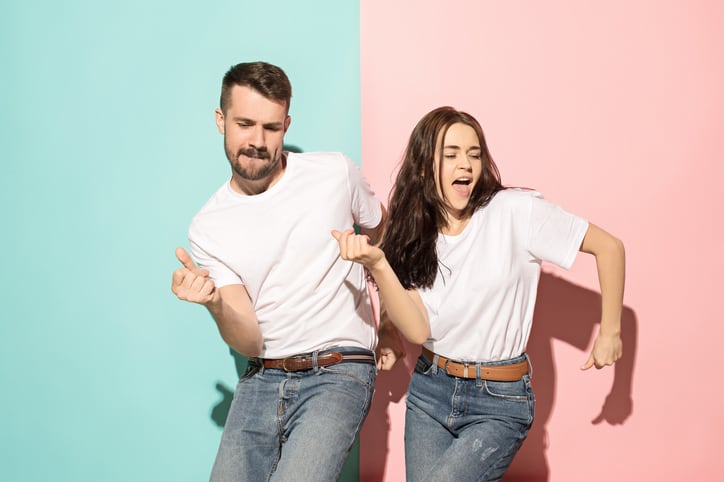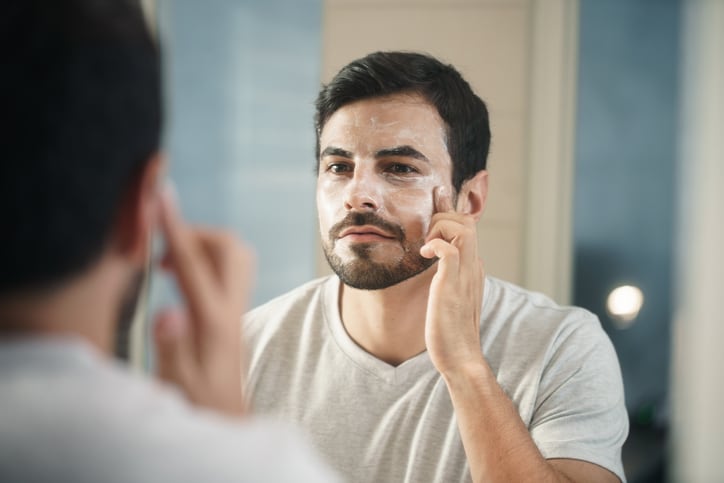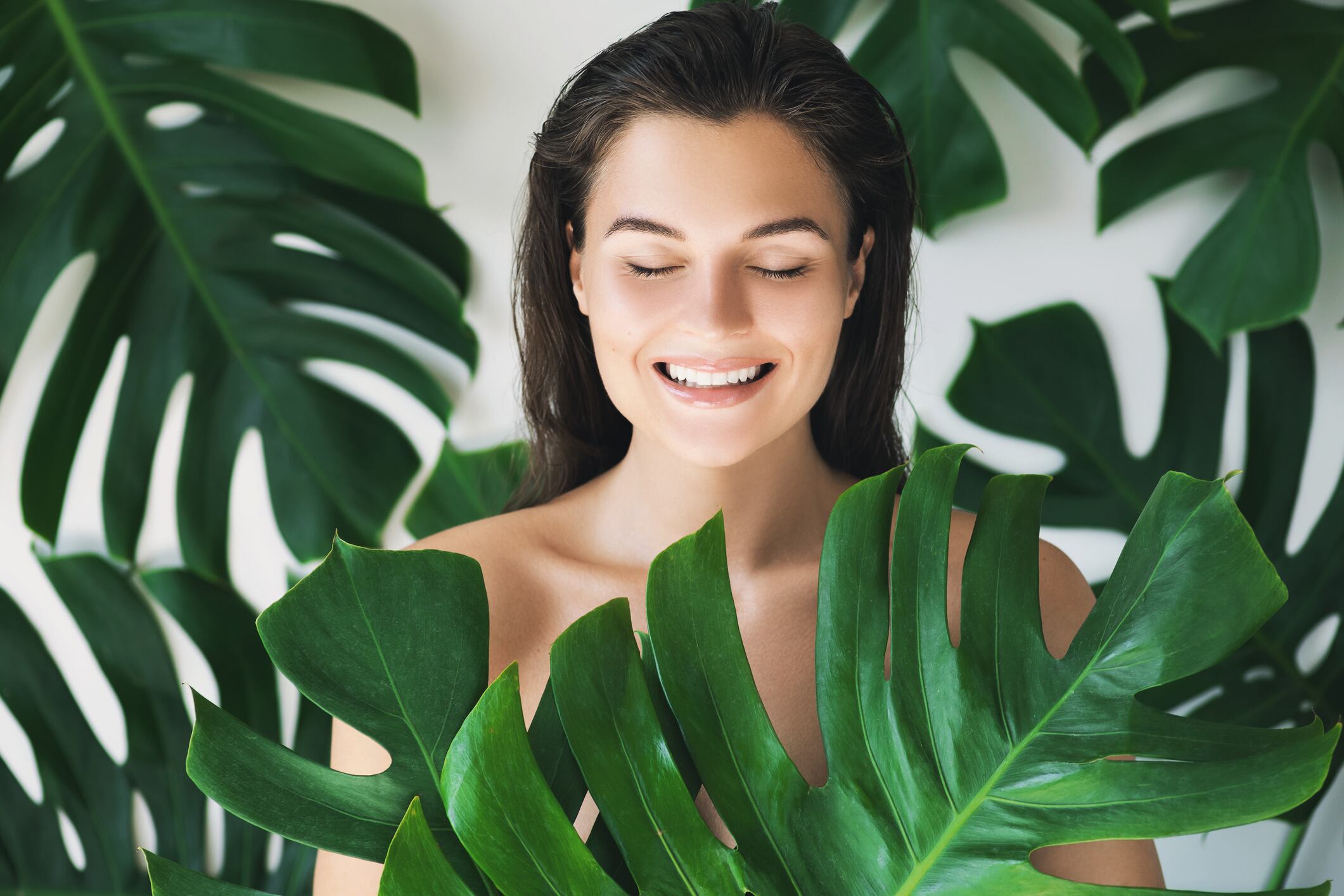Mood-targeted beauty has blossomed in recent years, with numerous brands aligning towards wellness, happiness, acceptance, mental health and much more. And with consumer stress levels high – 80% of German consumers are concerned about finances; 68% of Italian consumers about work; and 78% of Spanish consumers about relationships, according to Lightspeed/Mintel research – products designed to alleviate these woes hold great promise.
But who exactly should beauty brands be targeting with mood and wellbeing products?
Women versus men for mood-targeted beauty
Speaking to CosmeticsDesign-Europe, Mintel global beauty and personal care analyst Andrew McDougall said it was clear female consumers represented a strong and engaged target audience.
“We know from looking at health and wellness trends women are more tapped into,” McDougall said.
“We ran a load of research this year, and in that we did ask men and women from different countries around Europe, and we found women were a lot more open and interested in innovations around certain wellness issues, self-care, aromatherapy, this idea of managing your emotional well-being and feeling emotionally stable. Women indexed higher than men. ...Overall, for mood and beauty and how beauty products make you feel, it's definitely women that over-index."
For example, 60% of women agreed that using beauty or grooming products was ‘enjoyable’ – even higher among UK women aged 16-24 at 73%. And 74% of women said having a beauty treatment could make you feel happier, according to Lightspeed/Mintel data.

However, McDougall said these findings could just be related to current product availability and marketing. “The women’s beauty market is a lot more advanced than male grooming. I think the message has to change towards men to get more engagement in the category. Emotion could be one way, but there’s definitely a way we need to connect better with men.”
And there were certainly some age groups of men that showed interest in mood-targeted beauty, he said. “For example, with scent – that’s quite an important aspect of a beauty product for men – millennial men tend to over-index, saying scent is the most important part of a product.”
Lions Barber Collective and Old Spice
McDougall said there were already some strong examples on the market that had proven the effectiveness of connecting emotionally with men.
The Lions Barber Collective was one strong one, he said, proving male grooming and emotional wellbeing could go hand-in-hand. The international collective of barbers kickstarted as a Facebook group dedicated to raising mental health awareness for suicide prevention and had now trained barbers in therapy and counselling to empower their discussions with clients.
“The idea behind the whole campaign is around male depression and suicide, to highlight mental health among men and how it’s okay to talk,” McDougall said.
Old Spice was another good example of a male grooming brand playing in the positive space, he said, thanks to a significant brand shift around 10-15 years ago towards very “tongue-in-cheek humour”.
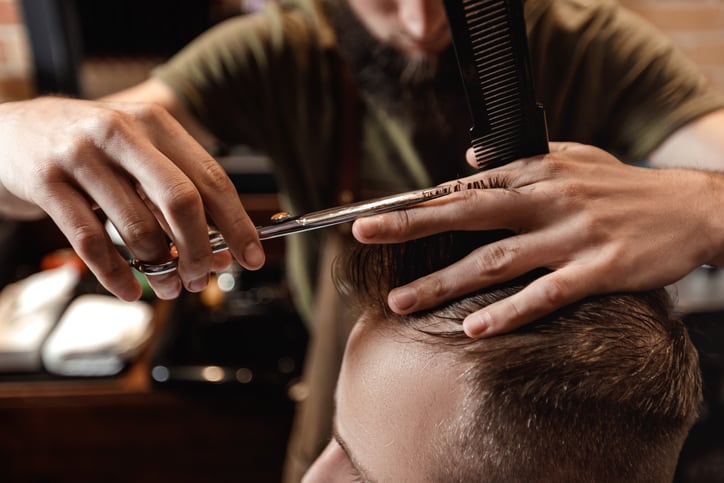
However, he said not every brand was suited to such strategies. “Do your research – make sure it makes sense for your brand or company to go into that space. Does it fit with what you do already? Is it an authentic message? Be transparent; you have to be transparent with your motives and also your methods.”
Beyond millennials to Gen Z
Beyond male and female differentiation, McDougall said there were also strong opportunities to target consumers of both sexes in Generation Z – aged 22 and under – who were “thinking more about their mental health and the planet”.
“You just have to look at the school strikes around climate change. We are seeing young activists who want to engage with people, organisations and governments and they want to challenge the norm. It’s important to see this as a new generation of consumer. They value experience and will value trying things out. Obviously, the best way to attract those consumers is to be engaging, fun or provocative.”

